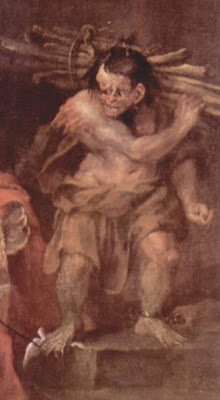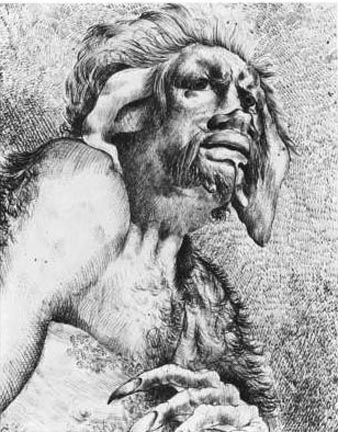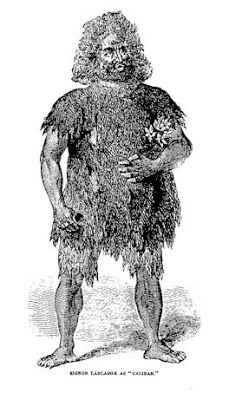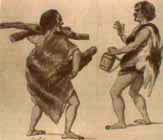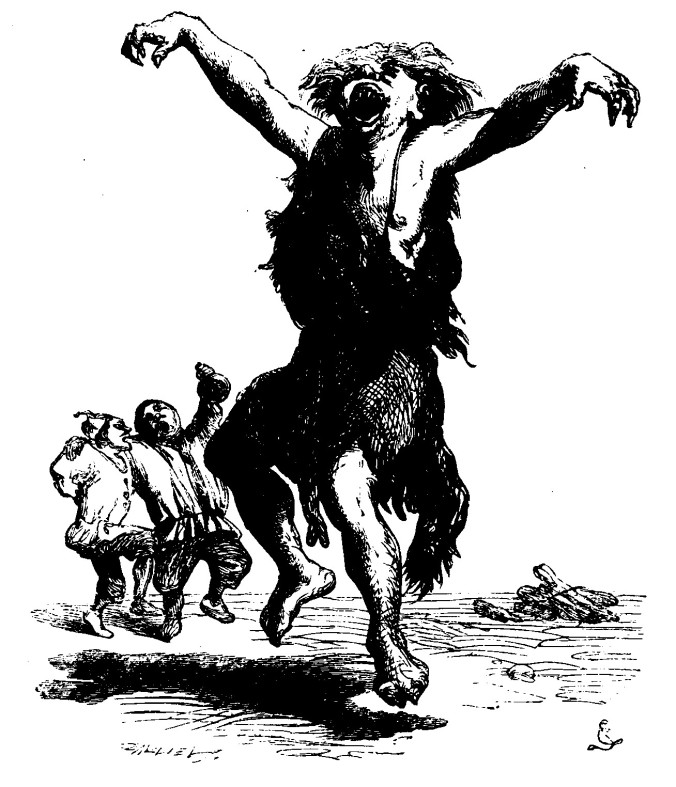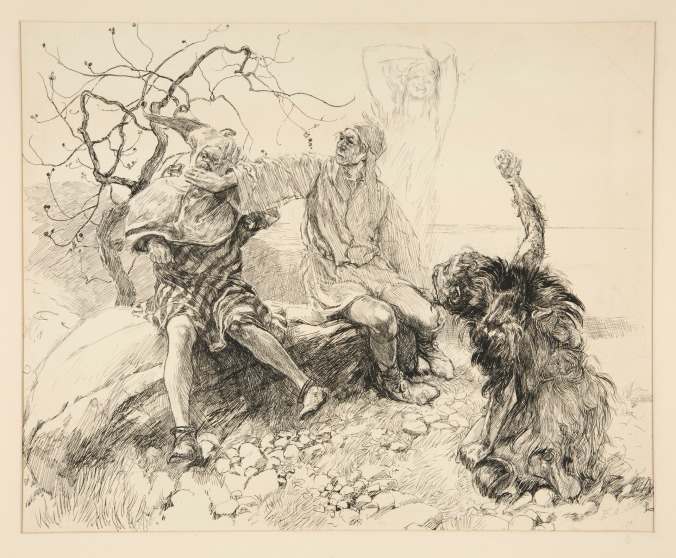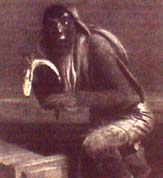Caliban is the original inhabitant of the island where Shakespeare’s “The Tempest” takes place. As the original inhabitant, it is Caliban who becomes the colonized when Prospero and his daughter Miranda show up on the island. Without magic, Caliban has no choice but to submit to the magical might of Prospero.
This series of events has long been held as an analog of the colonization of the Western Hemisphere performed by the European powers. Instead of magic, the Europeans brought guns and diseases that would wipe out many Native American peoples. In the Caribbean especially, many people identify with Caliban because of his story within “The Tempest” and how his island, much like their own, had been stolen from them by some outside power.
Due to the high status of art we can really see and dig in to how Europeans viewed the people of the lands they colonized. By depicting Caliban as subhuman they could argue for the justification of colonization as bringing civilization to a primitive people. Over time, however, that justification has come to be more widely and more strongly criticized. That critical view has also been reflected in the artwork and performances of Caliban in Europe and the Americas.
